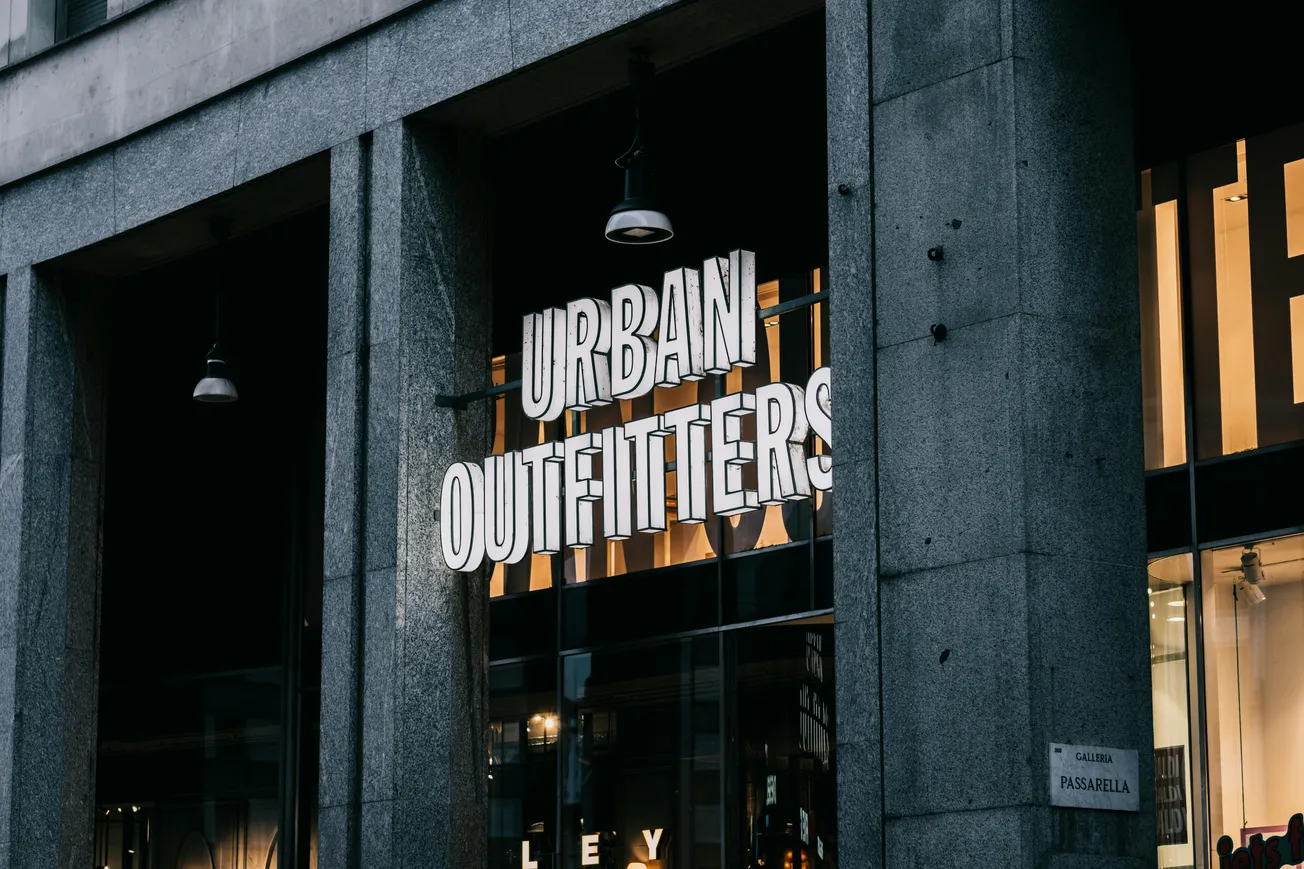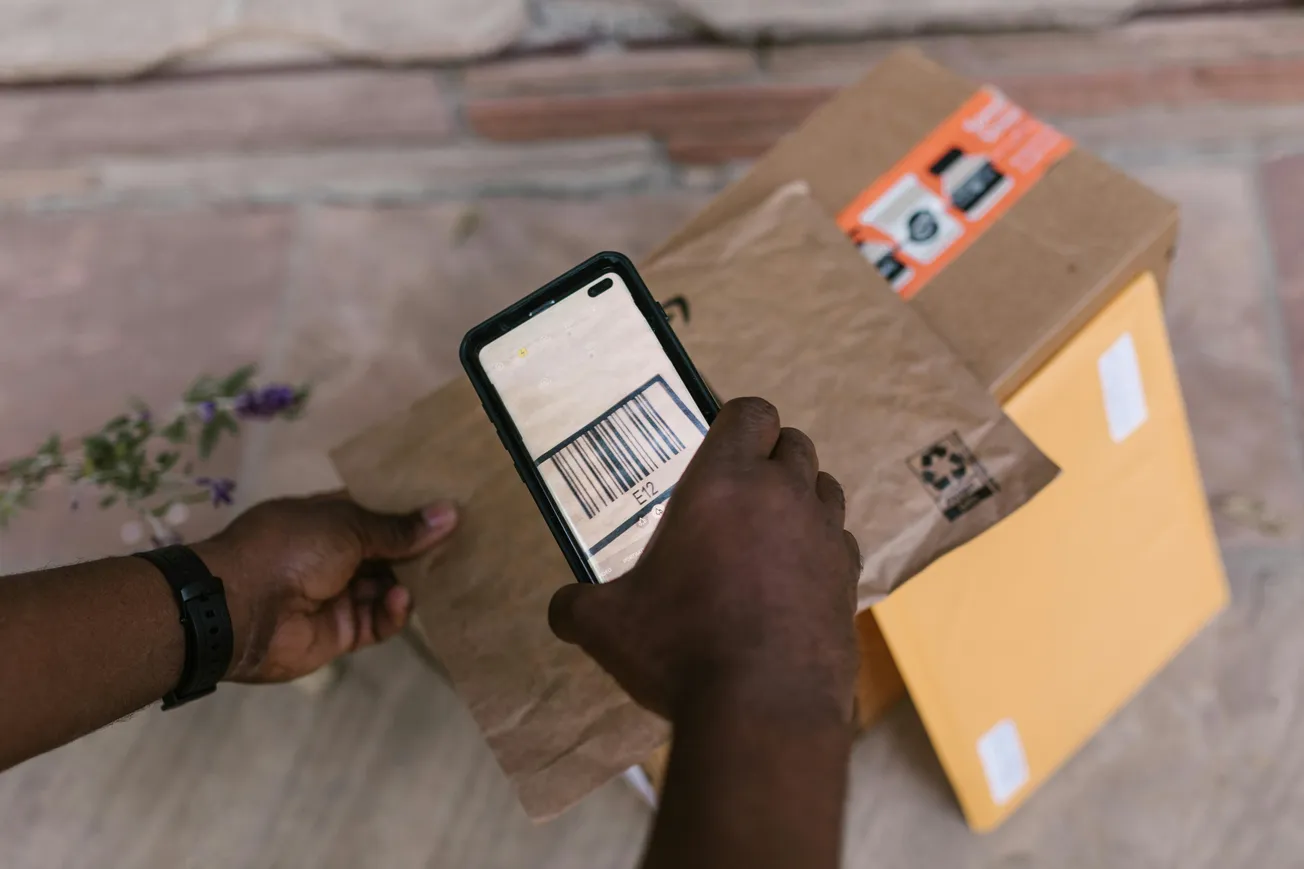The National Retail Federation (NRF) projects that U.S. retailers will process nearly $849.9 billion in returns in 2025 — equivalent to about 15.8% of annual sales. This represents a slight decline from 2024’s estimated $890 billion and a return rate of 16.9%.
Consumer Expectations Drive Returns Strategy
Consumers increasingly view the returns process as an integral part of the purchase decision. According to the NRF’s 2025 Retail Returns Landscape report (in partnership with Happy Returns, a UPS company), free returns remain a top incentive to buy.
Retailers recognise that a poor returns experience can negatively impact brand loyalty — 71% of shoppers say they’re less likely to return to a retailer after a bad returns experience (up from 67% in 2024) and 80% say they’ll share negative experiences with friends and family.
The Challenge of Returns Fraud and Evolving Consumer Behavior
But returns are not just a convenience — they’re a major operational and strategic challenge for retailers. Nearly two‑thirds of consumers admit to at least one costly returns behaviour (such as “wardrobing” or “bracketing”), and 45% believe “being less than truthful” is acceptable when returning items.
The report also details concerning fraud patterns: 71% of retailers tracking incidents reported overstated quantities, 65% encountered “box of rocks” returns, and 64% saw decoy or counterfeit‑item returns.
Generational Trends in Returns & Reverse Logistics
E‑commerce continues to see higher return rates than in‑store shopping: online returns are forecast at 19.3% for 2025.
Gen Z consumers are returning more online purchases than any other group, averaging 7.7 returns in the past year — signalling the need for retailers to optimise their reverse‑logistics and returns‑experience strategies for younger shoppers.









